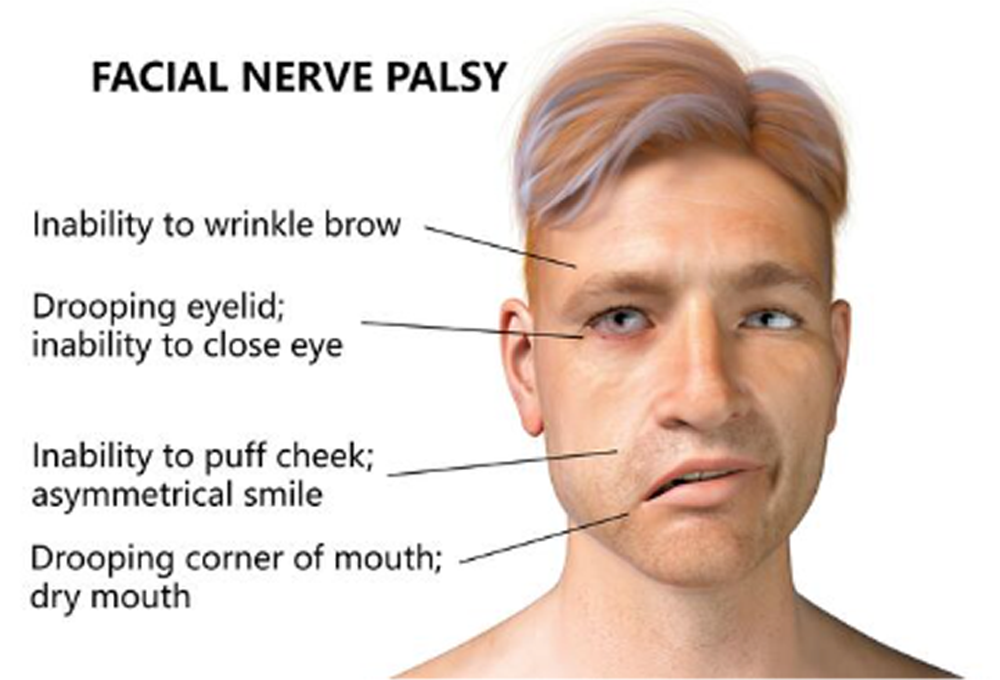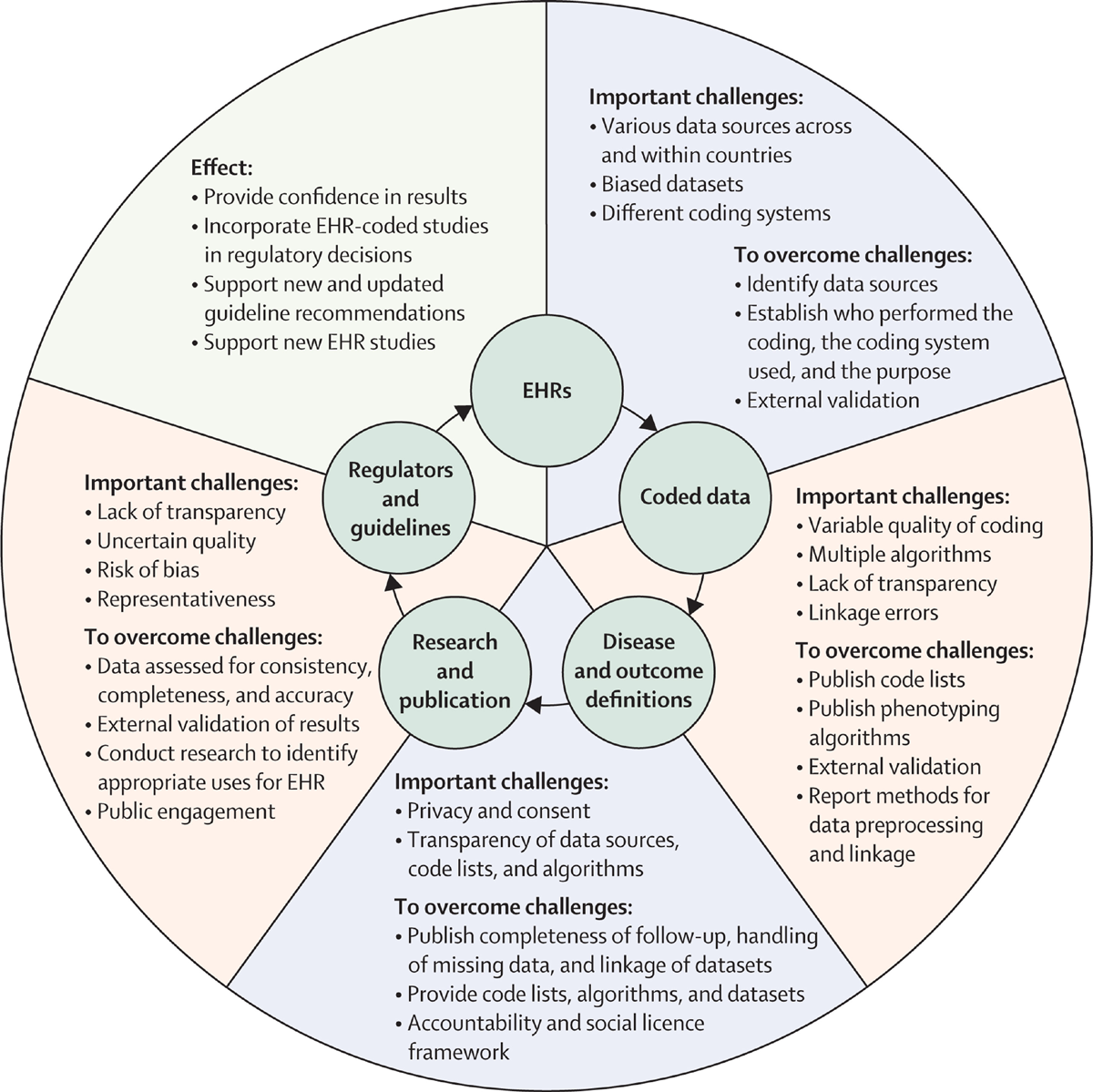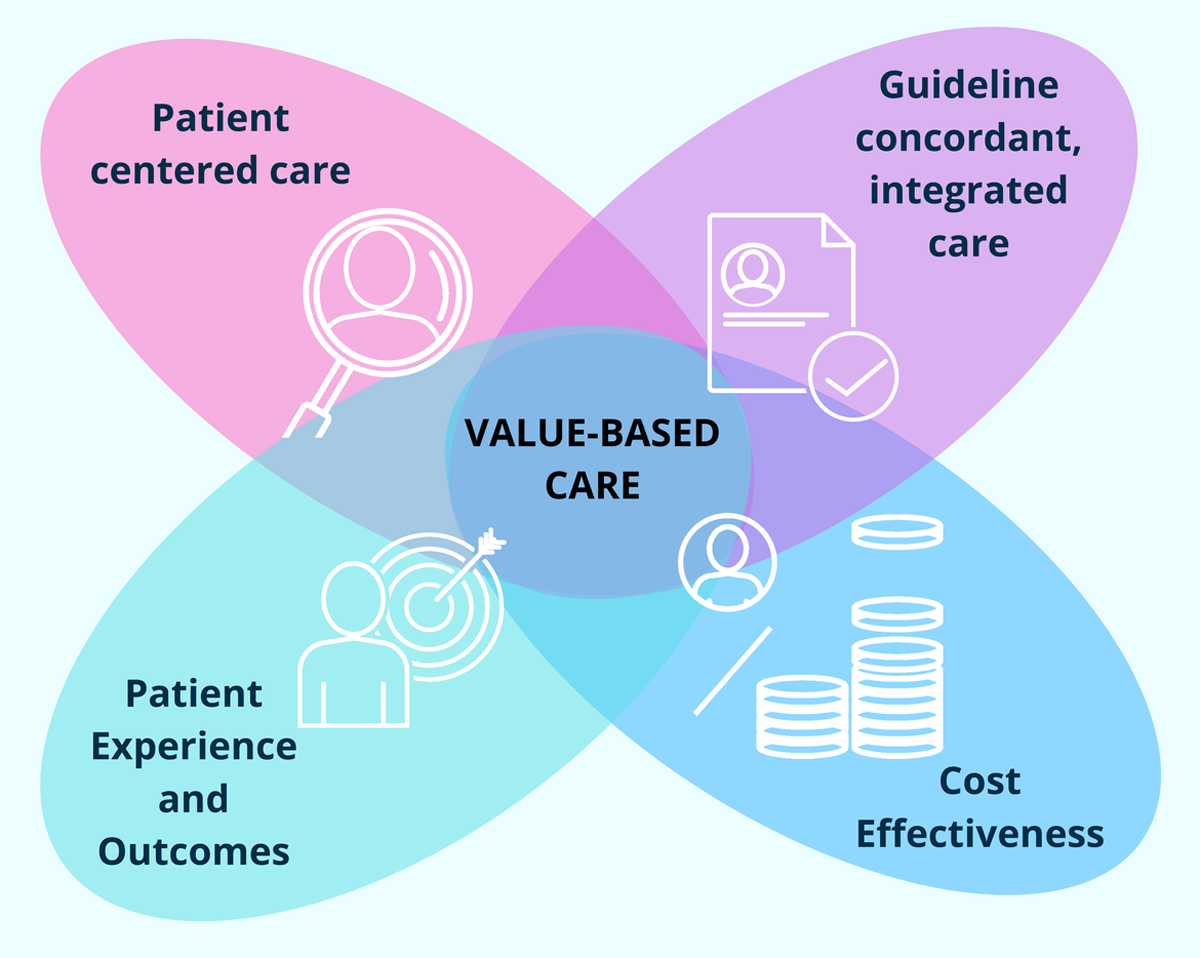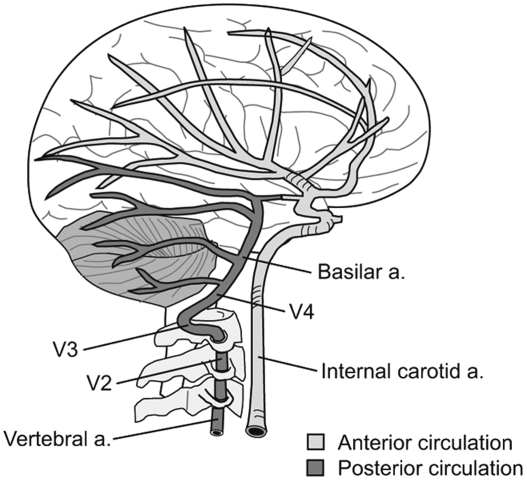One- and Two-year Follow-up of a Randomized Trial of Neck-specific Exercise with or without a Behavioural Approach Compared with Prescription of Physical Activity in Chronic Whiplash Disorder
One- and Two-year Follow-up of a Randomized Trial of Neck-specific Exercise with or without a Behavioural Approach Compared with Prescription of Physical Activity in Chronic Whiplash Disorder
SOURCE: J Rehabil Med 2016 (Jan); 48 (1): 56–64
| OPEN ACCESS |
Maria Landén Ludvigsson, MSc, Gunnel Peterson MSc, Åsa Dedering, PhD and Anneli Peolsson, PhD
Department of Medical and Health Sciences,
Division of Physiotherapy,
Linköping University,
SE-581 83 Linköping, Sweden.
Objective: To explore whether neck-specific exercise, with or without a behavioural approach, has benefits after 1 and 2 years compared with prescribed physical activity regarding pain, self-rated functioning/disability, and self-efficacy in management of chronic whiplash.
Patients A total of 216 volunteers with chronic whiplash-associated disorders, grades 2 or 3.
Methods: Participants were randomized to 1 of 3 exercise interventions: neck-specific exercise with or without a behavioural approach, or physical activity prescription. Self-rated pain (visual analogue scale), disability/functioning (Neck Disability Index/Patient Specific Functional Scale) and self-efficacy (Self-Efficacy Scale) were evaluated after 1 and 2 years.
Results: Both neck-specific exercise groups maintained more improvement regarding disability/functioning than the prescribed physical activity group at both time-points (p ≤ 0.02). At 1 year, 61% of subjects in the neck-specific group reported at least 50% pain reduction, compared with 26% of those in the physical activity prescription group (p < 0.001), but at 2 years the difference was not significant.
There is more like this @ our:WHIPLASH Section and the:






